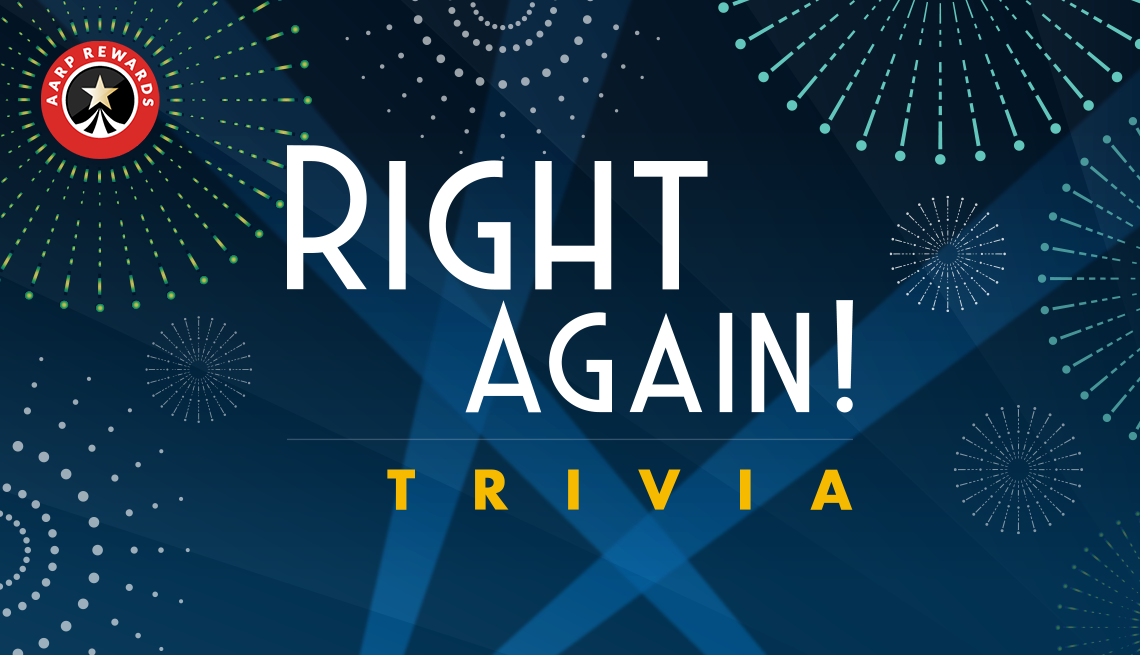Where are the $0 premium drug plans?
I get this question from time to time. Someone, often an agent, more often a home office carrier rep OR someone with Medicare.gov, will plant the seed. WHY are you paying a drug plan premium when you don't have to?
So where are these drug plans that don't have a premium?
There are none.
Part D is OPTIONAL coverage for self-administered medications sold at retail. You are not REQUIRED to buy a drug plan, but if you don’t enroll in a plan when first eligible, you will pay a lifetime late enrollment penalty.
The only direct connection to Medicare is, you must have Part A OR Part B before you are allowed to buy a drug plan.
You are not REQUIRED to enroll in Medicare Part A, but most people will. The majority of seniors qualify for Part A without having to pay a premium. Medicare Part A is funded via payroll taxes.
Medicare Part B is OPTIONAL. Part B premiums are not included in your payroll taxes. The beneficiary pays the FULL premium unless they qualify for a low income federal subsidy.
Medicare Part B is not required unless you want a Medigap plan, or an Advantage plan. In those situations you MUST have both Part A and Part B.
Likewise, Part D is optional and funded by beneficiary paid premiums. Payroll taxes do not fund the drug plans. Except for low income subsidies, the beneficiary pays the full premium.
Vision and dental benefits are optional. Those who want vision, dental, “extra” cancer coverage, “extra” hospital indemnity pay the FULL cost of those benefits. There are no taxpayer subsidies.
Medicare supplement (Medigap) is OPTIONAL coverage. Beneficiaries pay the full premium.
Medicare supplement plans do NOT receive federal dollars. As such, you will not find a $0 premium Medigap plan.
Medicare Advantage, sometimes referred to as Medicare Part C, is OPTIONAL coverage.Beneficiaries can CHOOSE to receive health care benefits from original Medicare or from an insurance company. When a beneficiary enrolls in an Advantage plan money is transferred from the Medicare “trust fund” to the carrier. The Treasury can do this because they are not responsible for your health care benefits or claims.
Many Advantage plans have a $0 premium. They are able to do this because of direct funding from the federal government. Carriers use that money to determine the benefit structure (deductible, copay, coinsurance, MOOP) and pay a portion of your claims.
Carriers also negotiate provider contracts that let participating providers know which services are covered, which are not. Par providers also know how much they will be paid, and HOW they will be paid, by the carrier.
Providers are not required to accept Advantage plan patients unless they participate in Medicare.
But providers are not required to participate in ALL Advantage plans in their area.
Unlike original Medicare which has almost universal participation in Medicare, patients with Advantage plans should choose only PAR providers unless they are willing to pay more for their care. Some Advantage plans will ONLY pay claims submitted by providers who have executed a contract to provide services to plan participants.
Some Advantage plans have a $0 premium because of federal funding.
But there are no $0 premium stand alone Part D plans.
Now you know why.
Medicare Part D explained plus federal funding - Wikipedia
From a budget perspective, Part D is effectively three different programs:
About 40% is spent for low-income Medicare beneficiaries (20% of those on Medicare overall) mentioned above and the drug costs of low income people on Part C. This expense was previously (before Part D) mostly covered by Medicaid, the Veteran's Health Administration and state pharmaceutical assistance programs. A very large percent of this first group is also on Medicaid.
About 40% is premium support that allows middle-income Medicare beneficiaries and the rest of the people on Part C (about 40% of those on Medicare overall) get drug coverage. After the first five years of Part D, government-accountability-office research shows that this part of the "Part D budget" appeared to be holding down other Medicare costs related to provider services because beneficiaries were more consistently taking their medications. As a result, the middle-income portion of the Part D program may actually pay for itself in the long term.
About 20% of the Part D budget covers re-insurance for catastrophic drug costs as described above. Part D pays 95% of costs over the TROOP. This part of the budget helps about 1% of the people on Medicare who are very ill. https://en.wikipedia.org/wiki/Medicare_Part_D
Bark less. Wag more.












































































